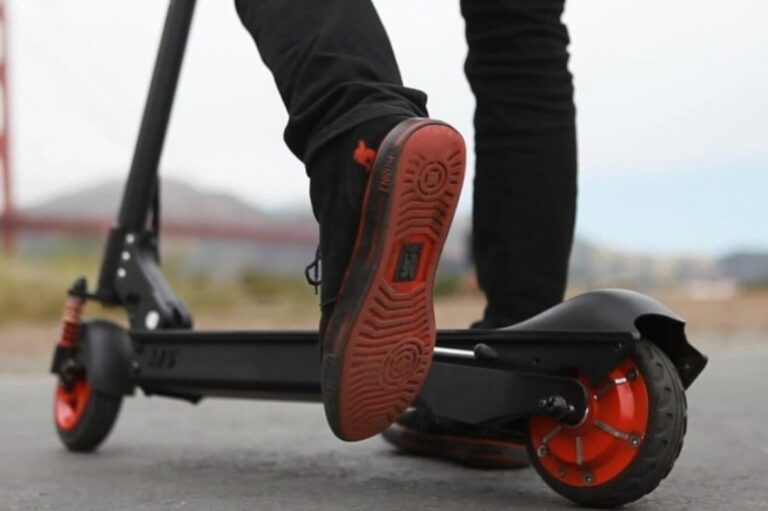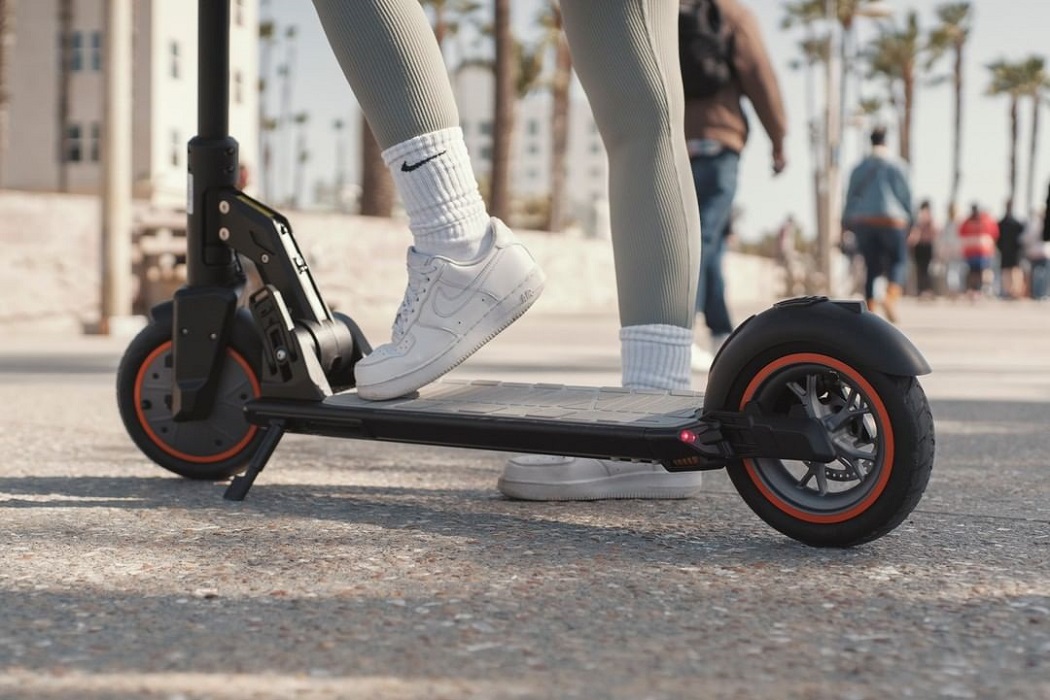I. Introduction to Electric Scooter Weight Limit

A. Importance of Knowing and Adhering to Weight Limits
Understanding and adhering to the weight limits of an electric scooter is crucial for both the rider’s safety and the scooter‘s performance. Exceeding the weight limit can put excessive strain on the scooter’s components and compromise its stability and maneuverability.
B. Exploring the Impact of Weight on Electric Scooter Performance
The weight of the rider and any additional cargo can impact the performance of an electric scooter. Heavier loads can affect the scooter‘s acceleration, top speed, battery life, and overall handling. It is important to be mindful of the weight limits to ensure optimal performance.
C. Understanding Manufacturer Recommendations and Safety Considerations
Manufacturers specify weight limits based on the design and capabilities of their electric scooters. These recommendations are intended to ensure safe and reliable operation. Adhering to these weight limits is essential for maintaining the scooter‘s longevity and ensuring the rider’s safety.
II. Determining Your Electric Scooter’s Weight Limit
A. Identifying Manufacturer Specifications

- Reviewing the User Manual or Product Documentation
The user manual or product documentation provided by the manufacturer will contain information about the weight limits for the specific electric scooter model. It is important to carefully review this information to ensure safe usage.
- Understanding Weight Limit Terminology (Rider, Total, Payload, etc.)
Manufacturers may use different terms to specify weight limits, such as rider weight, total weight, or payload capacity. Understanding these terms will help ensure that the weight limits are properly interpreted and followed.
B. Assessing the Weight Capacity of Your Electric Scooter
- Recognizing the Maximum Weight Recommended by the Manufacturer
The manufacturer will specify the maximum weight limit that the electric scooter can safely accommodate. It is important to note that exceeding this weight limit can result in performance issues and potential damage to the scooter.
- Considering the Impact of Weight on Performance and Safety
Riders should consider how their weight, along with any additional cargo, may affect the scooter’s performance. Proper weight distribution and adherence to weight limits are important for maintaining stability and control while riding.
III. Factors Affecting Weight Limit

A. Frame and Construction
- Assessing the Strength and Durability of the Scooter Frame
The strength and durability of the electric scooter frame play a crucial role in determining its weight limit. Riders should ensure that the frame is designed to handle the recommended weight capacity to ensure safe operation.
- Understanding Weight Distribution and Load-Bearing Areas
Electric scooters have load-bearing areas, such as the deck or designated cargo areas. Understanding these areas and their weight-bearing capacities is important for distributing weight evenly and maintaining stability.
B. Motor Power and Performance
- Evaluating the Motor’s Ability to Carry Heavier Loads
The motor power and performance of an electric scooter can be affected by heavier loads. Riders should consider the scooter’s motor capabilities in relation to their weight to ensure optimal performance and efficiency.
- Considering the Impact on Speed, Acceleration, and Battery Life
Heavier loads can impact the speed and acceleration of an electric scooter, as well as its battery life. Riders should be aware of these considerations to ensure that the scooter can safely and efficiently accommodate their weight.
IV. Rider Weight and Safety
A. Understanding the Importance of Rider Weight
- Recognizing the Impact of Rider Weight on Electric Scooter Performance
The weight of the rider directly affects the scooter’s performance, including acceleration, braking distance, and overall stability. Riders should be mindful of their weight in relation to the scooter’s weight limit to ensure safe and comfortable riding conditions.
- Ensuring Safe and Comfortable Riding Experience for the Rider
Adhering to weight limits is necessary to maintain a safe and comfortable riding experience for the rider. Exceeding weight limits can compromise stability and control, leading to increased risks of accidents or injuries.
B. Safety Considerations for Heavier Riders
- Adhering to Weight Limits for Optimal Stability and Control
Heavier riders should ensure that their weight falls within the recommended limits specified by the manufacturer. Adhering to these limits is essential for optimal stability, control, and overall safety while riding.
- Addressing Safety Concerns and Potential Risks
Heavier riders may need to be particularly cautious and aware of the potential risks associated with exceeding weight limits. It is important to understand the impact of weight on scooter performance and take necessary precautions to ensure safe riding conditions.
V. Payload and Cargo Considerations

A. Carrying Additional Loads or Cargo
- Understanding the Impact of Carrying Extra Weight on Performance
When carrying additional loads or cargo on an electric scooter, riders should consider the impact on performance, including acceleration, braking, and maneuverability. It is important to ensure that the weight of the cargo does not exceed the recommended weight limit.
- Adhering to Weight Limits for Safe Carrying Capacity
To ensure safe carriage of additional loads or cargo, riders should adhere to the weight limits specified by the manufacturer. Exceeding these limits can affect the scooter’s stability, control, and overall safety.
B. Properly Securing and Distributing Extra Weight
- Ensuring Proper Weight Distribution for Balance and Stability
When carrying additional loads or cargo, it is important to distribute the weight evenly and securely on the scooter. Proper weight distribution helps maintain balance, stability, and control during the ride.
- Utilizing Accessories or Attachments for Secure Transport
Using accessories or attachments specifically designed for carrying additional loads can enhance the safety and stability of the scooter. These accessories should be properly secured to the scooter to prevent any shifting or imbalance during the ride.
In conclusion, understanding and adhering to the weight limits of an electric scooter is crucial for safety and optimal performance. Riders should review the manufacturer’s specifications, assess the impact of weight on scooter performance, and consider factors such as frame construction and motor power. Adhering to weight limits, ensuring proper weight distribution, and being mindful of safety considerations will help maintain a safe and enjoyable riding experience.
Understanding the weight limit of your electric scooter is crucial for both performance and safety. By understanding manufacturer specifications, considering factors affecting weight limits, addressing safety concerns for heavier riders, and properly distributing payload or cargo weight, you can ensure a safe and enjoyable riding experience. If needed, upgrading to a higher weight capacity scooter or consulting with experts can help accommodate higher weight limits. Prioritizing adherence to weight limits will ensure optimal scooter performance and promote rider safety.
